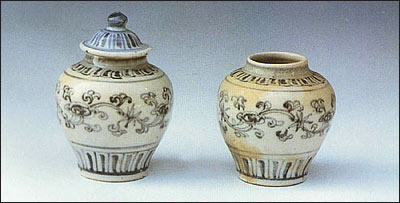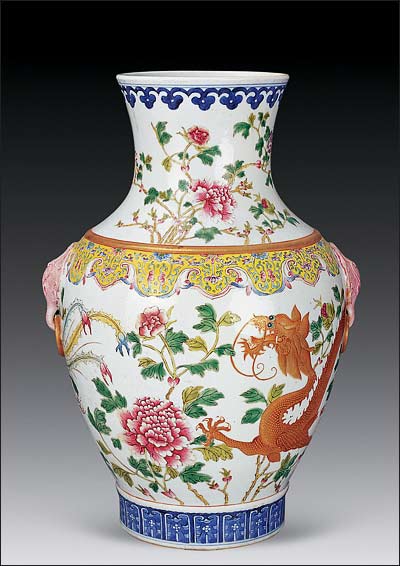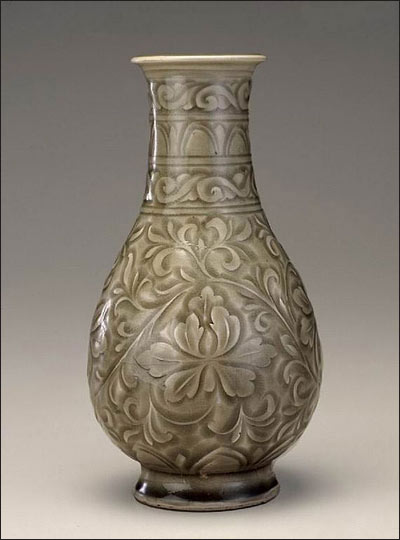Following the Tang Dynasty came a period of almost continual warfare known as the Five Dynasties and Ten States. In 960, Zhao Kuangyin, a general of the State of Later Zhou, established the Song Dynasty (960-1279), historically known as the Northern Song Dynasty. When the Song Dynasty moved its capital to the south, historically called the Southern Song Dynasty, it brought advanced economy and culture to the south, giving a great impetus to economic development there. China in the Song Dynasty was a world leader in astronomy, science and technology and printing technology. Bi Sheng invented movable type printing, a major revolution in the history of printing.
 |
In 1206, Genghis Khan established the Mongolian Khanate. In 1271, Kublai, a grandson of Genghis Khan, conquered the Central Plains, founded the Yuan Dynasty (1271-1368), and made Dadu (today's Beijing) the capital. Kublai ended the centuries-long situation in which many independent regimes existed alongside each other, by forming one united state that brought Xinjiang, Tibet and Yunnan under its sway. During the Song-Yuan period, the "four great inventions" in science and technology of the Chinese people in ancient times - papermaking, printing, the compass and gunpowder - were further developed and introduced to foreign countries, making great contributions to world civilization.
 |
In 1368, Zhu Yuanzhang established the Ming Dynasty (1368-1644) in Nanjing, reigning as Emperor Taizu. When his son and successor Zhu Di (r. 1360-1424) ascended the throne in 1402, he built and expanded the palaces, temples, city walls and moats in Beijing on a large scale. In 1421, he officially moved the capital to Beijing. During his reign, he dispatched a eunuch named Zheng He to lead a fleet of many ships to make six far-ranging voyages. In 1431, Zhu Di's grandson, Emperor Xuanzong dispatched Zheng He to make the seventh voyage. Passing the Southeast Asian countries, the Indian Ocean, Persian Gulf and Maldives Islands, Zheng He explored as far as Somalia and Kenya on the eastern coast of Africa. These were the largest-scale and longest voyages in the world before the age of Columbus.
 |
The Manchus of northeast China established the Qing Dynasty (1644-1911) in 1644. The best known of the Qing Dynasty emperors, Kangxi (r. 1661-1722) restored the central empire's rule over Taiwan, and resisted invasions by tsarist Russia. To reinforce the administration of Tibet, he also formulated the rules and regulations on the confirmation of the Tibetan local leaders by the Central Government. He effectively administered more than 11 million sq km of Chinese territory.
|
Dynasty |
Date |
|
Xia |
2070-1600 BC |
|
Shang |
1600-1046 BC |
|
Western Zhou |
1046-771 BC |
|
Eastern Zhou |
|
|
Spring and Autumn Period |
770-476 BC |
|
Warring States Period |
475-221 BC |
|
Qin |
221-206 BC |
|
Western Han |
206 BC-AD 25 |
|
Eastern Han |
25-220 |
|
Three Kingdoms (Wei, Shu and Wu) |
220-280 |
|
Western Jin |
265-317 |
|
Eastern Jin |
317-420 |
|
Southern and Northern Dynasties |
420-589 |
|
Sui |
581-618 |
|
Tang |
618-907 |
|
Five Dynasties |
907-960 |
|
Northern Song |
960-1127 |
|
Southern Song |
1127-1279 |
|
Yuan |
1271-1368 |
|
Ming |
1368-1644 |
|
Qing |
1644-1911 |




